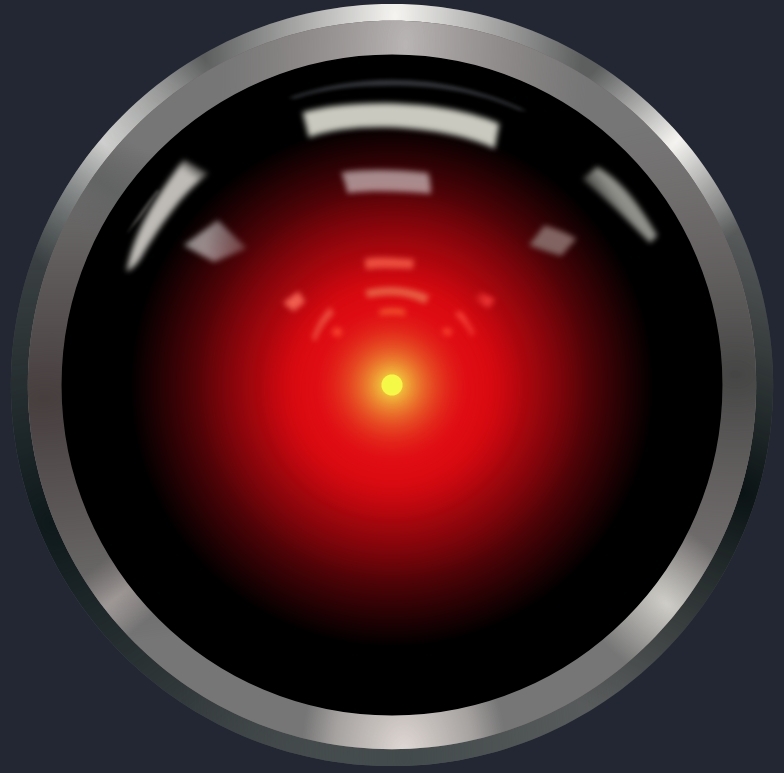yesterday my new nozzles arrived and i tried 0.8 Nozzles for the first time. damn that was a hassle!
Its not much, but its honest work! :D
i think i upload more pictures later because i really would appreciate tips / help (for example about the bridging) also the first thing i need to change is the infill, because this one is waaaay heavier than my bigger calicats on 0.4 mm nozzles!
EDIT: changed the picture.
So there’s a setting called retraction that may help you now that you have a much bigger nozzle size, what retraction basically does is, when the nozzlehead is moving , it pulls the filament back in a millimeter or two so that its not just leaking out of the edge of the nozzle, creating these wispy parts, I beleive most slicers should have an option for retraction, but it may be called like auto retract, or forward retract or something, its been a minute
Edit 2: on a second look I also noticed your overhangs are drippy, this indicates a bit too much heat, try lowering your print temp a little bit and printing some overhangs, this may help with the spaghetti too
IMO print looks great. I can only see stringing and some minor sagging on bridges. Fine tuning nozzle temp might fix both issues. Ill give few more tips, you might find it useful:
Stringing is more difficult with bigger nozzle, but this looks like easy to remove anyway. It can also be that filament is not dry enough. Increasing retraction distance can help a lot, but too much can cause other issues.
Did you calibrate temps? Have you done PID tuning? Printing at lower temp will help with both stringing and bridging, but if you go too low you might get underextrusion or even a clog. Better part cooling can help with both as well. Lowering speed can help with bridging and faster travel speed can reduce stringing. Decreasing flow can improve the quality and reduce strength.
Its quite easy to hit thermal limits of most common hottends with 0.8 nozzle. Its good to do a proper calibration and aim for specific speed/line width/layer height/temp. I mostly print functional parts and found 0.6 nozzle better for me since it can still use maximum capability of my hotend. This doesnt count for your print from the picture since your layer height is probably only around 0.2 mm
How many perimeters did you use?
What’s that filament?
Sunlu PLA - Green


